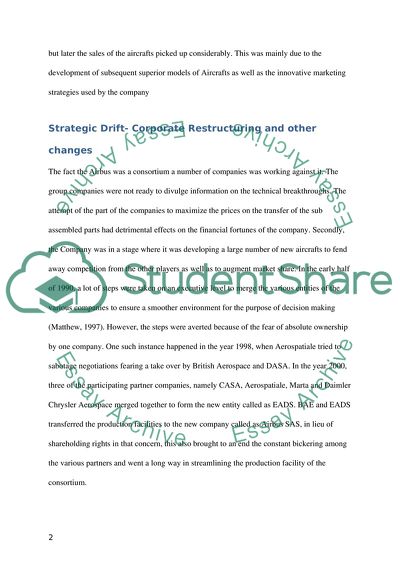Cite this document
(“Early Phase and Development of Airbus Essay Example | Topics and Well Written Essays - 3000 words”, n.d.)
Retrieved from https://studentshare.org/marketing/1423783-the-case-study-on-airbus
Retrieved from https://studentshare.org/marketing/1423783-the-case-study-on-airbus
(Early Phase and Development of Airbus Essay Example | Topics and Well Written Essays - 3000 Words)
https://studentshare.org/marketing/1423783-the-case-study-on-airbus.
https://studentshare.org/marketing/1423783-the-case-study-on-airbus.
“Early Phase and Development of Airbus Essay Example | Topics and Well Written Essays - 3000 Words”, n.d. https://studentshare.org/marketing/1423783-the-case-study-on-airbus.


